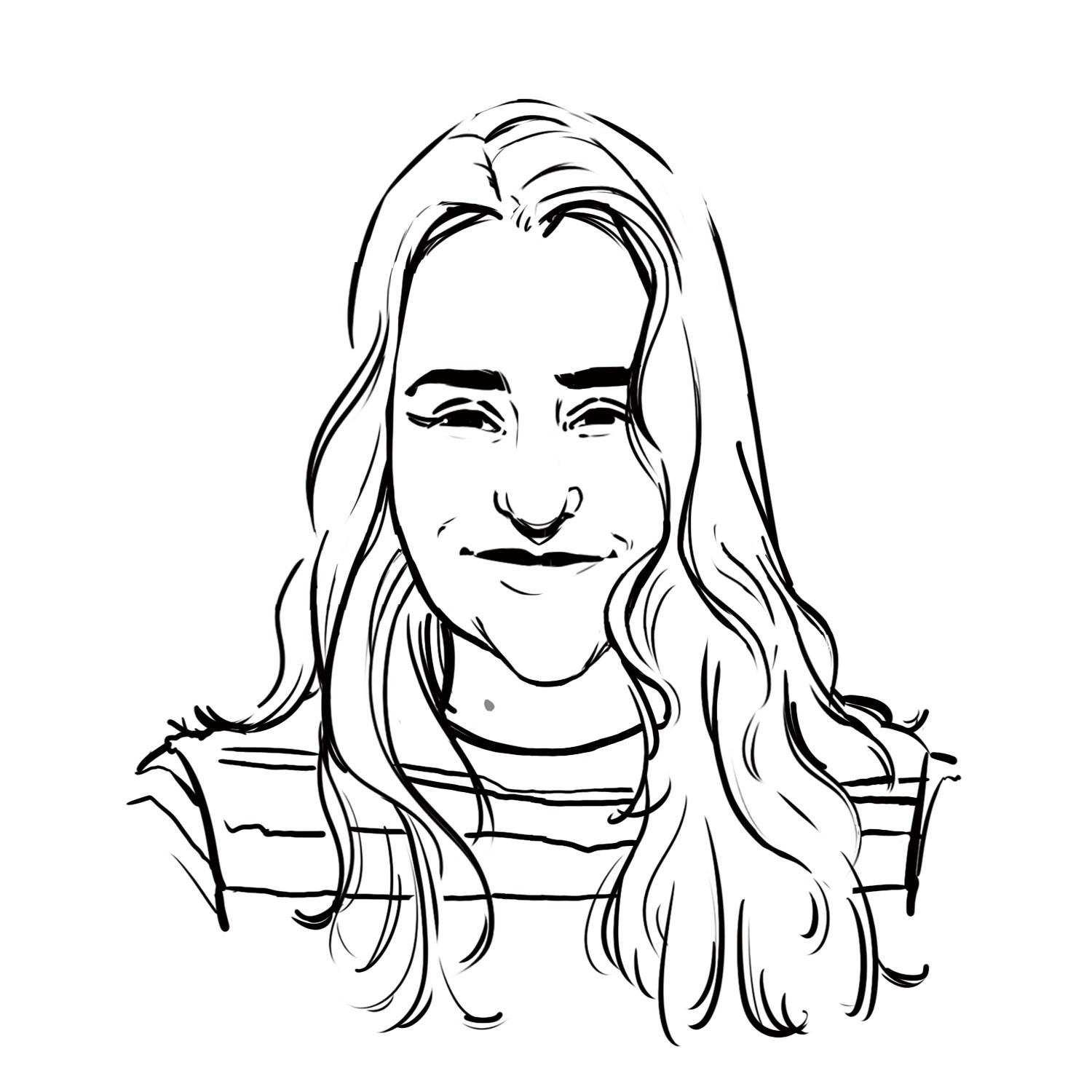Yellow Fever’s death toll peaked in New Orleans in 1850. At the time, the disease was associated with poverty — poor living conditions, limited sanitation resources, and above all, immigrants. German and Irish immigrants bore the brunt of social stigmatization and harassment for years to follow.
In 2014, during the Ebola outbreak, African immigrants and African Americans were profiled as perpetrators of the disease. A college in Texas discouraged applicants from African countries while a high school student in Pennsylvania faced chants about Ebola at a soccer game.
After much cajoling, President Donald Trump agreed to stop referring to our current global pandemic as the “Chinese virus,” but its damage has already been done.
In early February, news of coronavirus activity in Wuhan, China began to spread, and foot traffic in New York City’s three Chinatown locations in Manhattan, Queens and Brooklyn dropped 50 to 70 percent, according to New York Times reporting. This was more than a month before the ‘stay-at-home’ order officially began.
Chinese restaurants in New York have also reported crimes. One Chinese street food vendor, Xiaoyu Gu, owner of Gem Bing Shop, reported repeated vandalism and destruction of his street sign. Other local Chinese restaurants reported attempted attacks on their employees delivering food and even evidence of break-in and entry.
Reports from NPR reveal the nightmare of public transportation for Asian Americans. In Washington D.C., a man on the train shouted at Allison Park, “We don’t want your swine flu here.” A week later in San Francisco, a similar conversation occurred on a different train, but this time accompanied by a threat. The man that threatened to shoot Allison Park ordered her to “Go back to China.” In Sunset Park, Brooklyn, authorities are investigating a possible hate crime which involved a passenger on the city bus using an air freshener to attack an Asian American person.
However, not all attacks of xenophobia are so barbarically obvious. The simple spread of misinformation can significantly contribute to hate crimes and national fear. On February 24, radio talk show host Rush Limbaugh broadcasted his beliefs that coronavirus is actually a carefully designed bioweapon, from “a country that Bernie Sanders wants to turn the United States into: communist China” being used to “bring down Trump and discourage investors.”
Later, Tucker Carlson, a reporter for Fox News, reported on January 23 that coronavirus was a result of Asian cultures’ mistreatment of animals and consumption of animals ‘alive.’ Shortly after, the internet became saturated with videos of Asian people consuming exotic animals — once again putting cultural differences under microscopic review and promoting fear and confusion.
Fear, like the coronavirus, cannot survive without a host. During World War II it occupied Japanese Americans, banished to concentration camps. In the 1980s and 1990s, it belonged to the gay community, blamed for the AIDS outbreak. And more recently, fear ransacked Muslim communities, faced with the social repercussions of 9/11. Looking for someone to blame for the current economic, social and personal loss, the American people have turned to Asian American communities and lashed out through hate crime and speech.
Instead, we should be blaming the political structures that failed us and the policies that did too little, too slowly. We should be blaming the figures that washed their hands of responsibility and allowed discrimination to seep into their influence. Maybe if we did, we might actually be getting somewhere.














